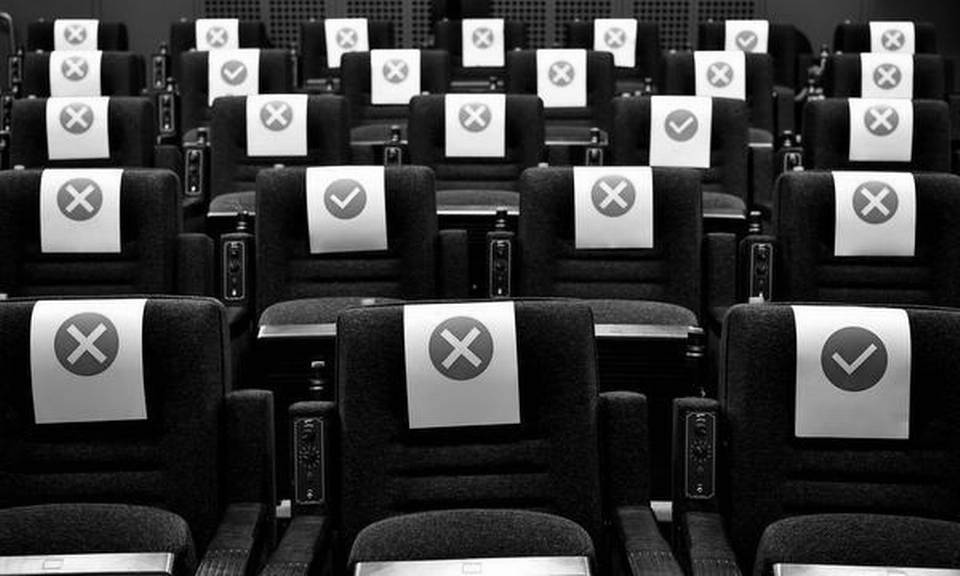
This article first appeared in The Hindu on 14th May 2020.
Starting new habits is tough and requires overcoming inertia. Most of the time humans like maintaining the status quo. The majority of us don’t change the default settings when we buy a new mobile phone. Nor we do change the default settings of any new app we download. The tendency to stick with defaults happens across different aspects of our lives, from personal to social to office work. But this pandemic has jolted us out of our inertia.
We’re now doing new things that we haven’t done before. Those not used to cleaning their own dishes or homes are doing so now. Those not used to working from home are forced to do so now. Managers who wouldn’t allow their teammates to work from home have no choice but to ask them to work from home now. The pandemic has forced us to start new habits.
One habit that we Indians are not used to is maintaining sufficient physical distance from one another in public spaces. There are many reasons for this. Urban cities are densely packed with people. Houses in slums are cramped. Few roads have footpaths, forcing pedestrians to take up a portion of the road. Lanes are narrow; even main roads are narrow. Trains and buses are always packed. Queues are long. The population is overwhelming.
Environmental factors
Behavioural science studies are showing evidence that a large part of human behaviour is led by environmental factors. In normal times we don’t pay much attention to our environment because we don’t need to. If one has to take a crowded train to work because of lack of better choice, we get used to it because the goal is to get to office, in time. The environment becomes part of our sub-conscious. We navigate through life, lanes, stations, etc. without paying much attention to our surroundings. But the pandemic is now making us aware of our surroundings. Besides behaviours like hand washing, sanitising and wearing masks to prevent contracting COVID-19, the pandemic is driving another big behavioural change — keeping safe distance.
Merely informing people that they need to maintain at least six-feet distance from one another is not enough. People tend to forget about distancing while talking to one another. Maintaining distance is an alien concept for us.
That’s why we’re now seeing examples of behavioural design nudges in our environment that help us in maintaining distance in public spaces. Markings in the form of circles and squares are being painted outside grocery stores and pharmacies to help people maintain distance. People are now standing in these circles and squares while waiting in queues. I hope relevant authorities implement this rule, wherever crowds need to be managed.
Maintaining physical distancing
Around the world behavioural design nudges are being implemented to help people keep safe distance from one another. Restaurants in Hong Kong are putting tapes over alternate tables so that people do not occupy tables next to each other. A bus station in Thailand has put stickers on alternate seats so that people sit leaving one seat empty. Schoolchildren in Hangzhou, China are being made to wear caps with fan-like blades so that they cannot come close to other children. A police station in Thailand has placed transparent protective shields on desks creating a barrier between the police inspector and civilians.
We are likely to see many more examples of such behavioural design in the near future that help us keep safe distance, because the lockdown will eventually be lifted.
To see examples of Behavioural Design for keeping safe distance, click here – Instagram